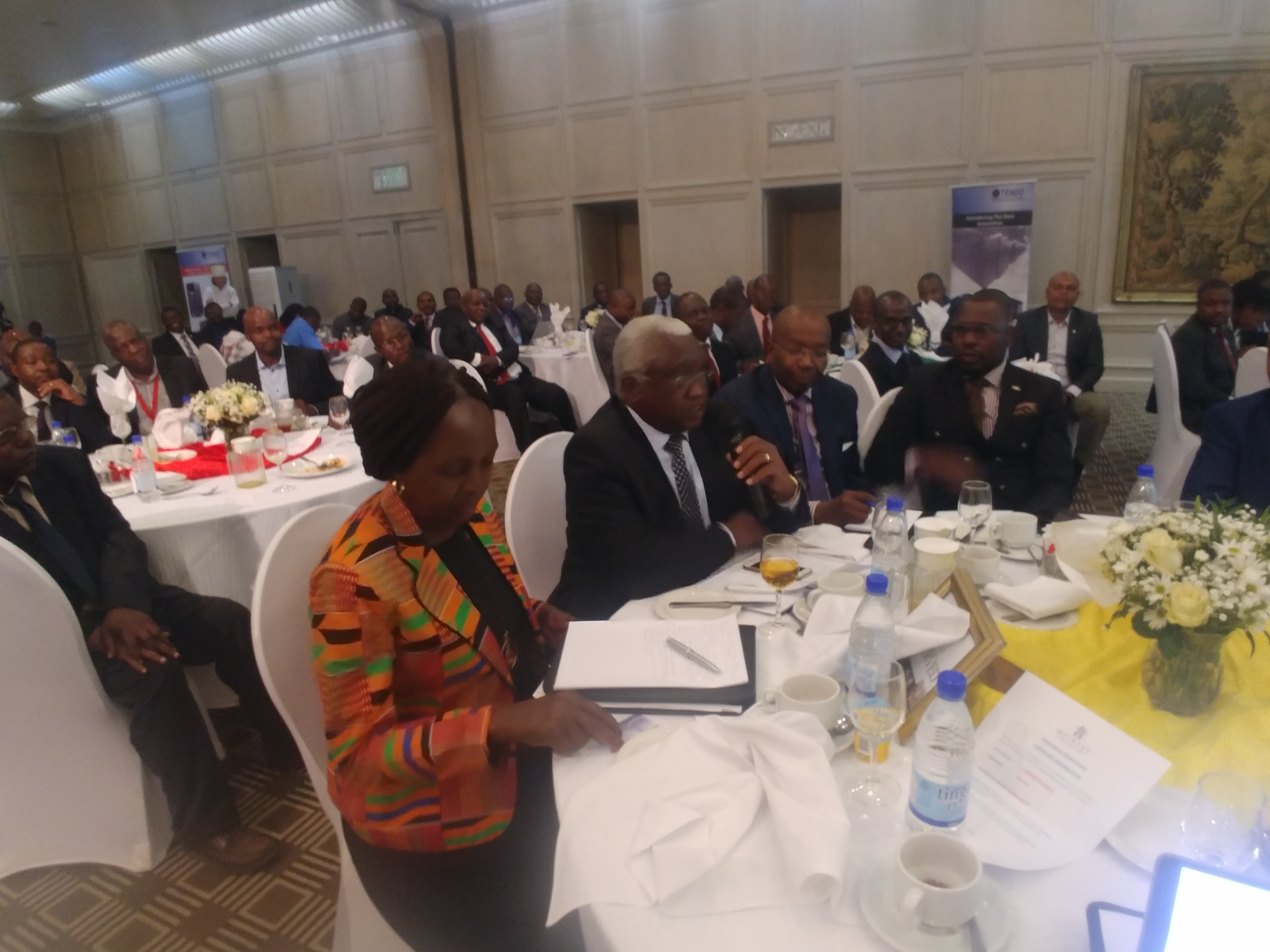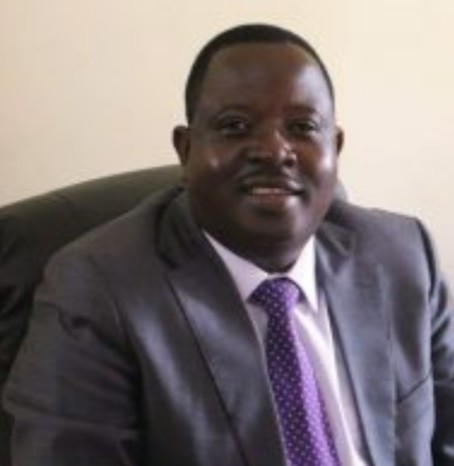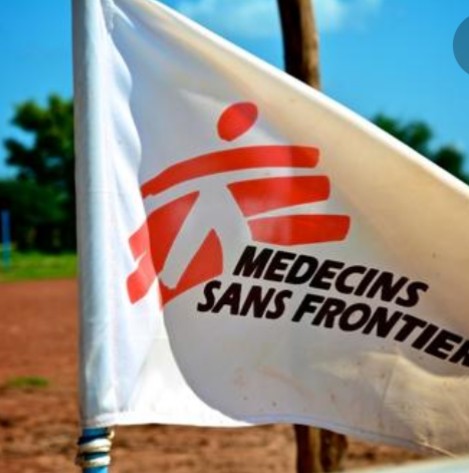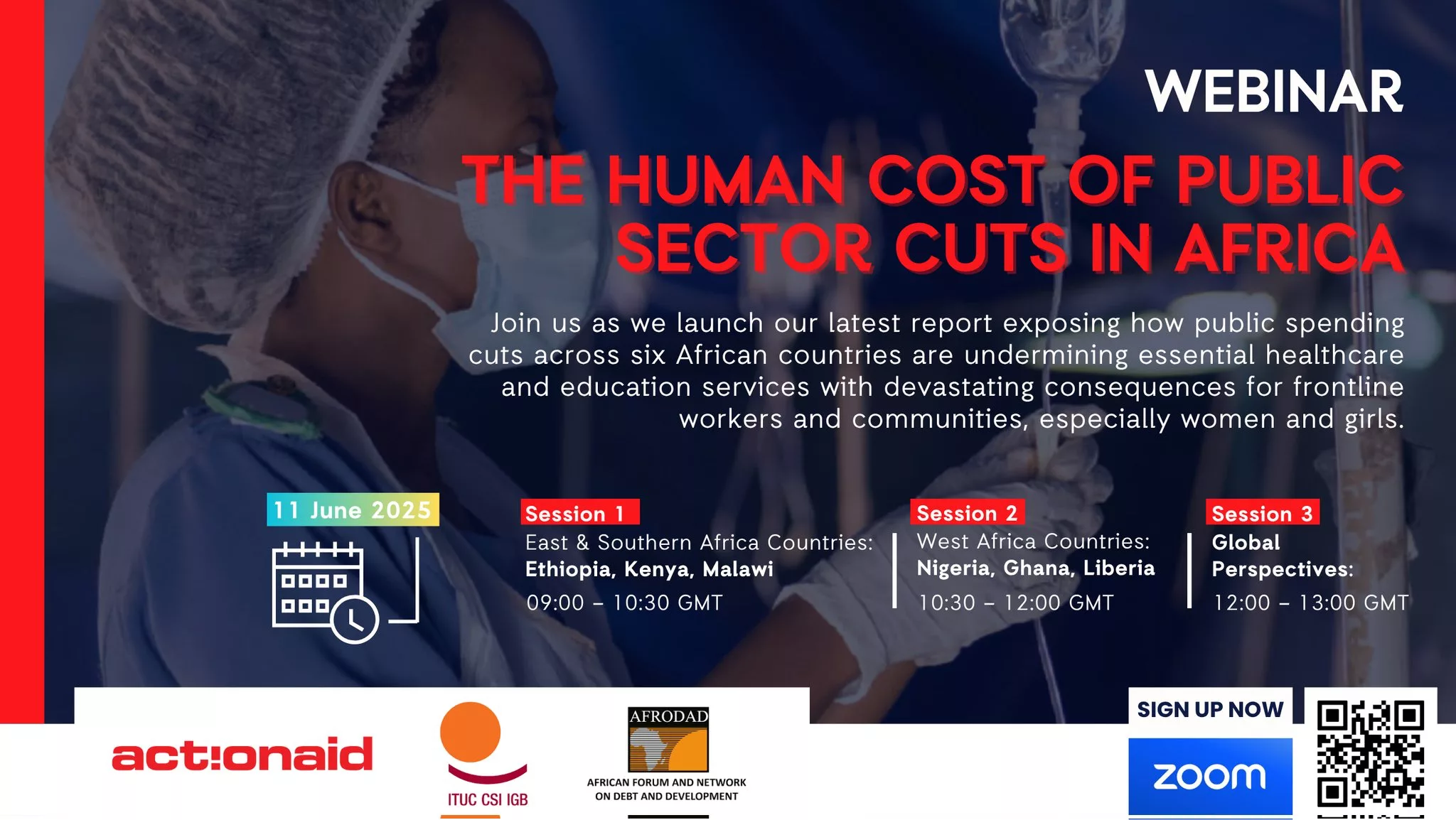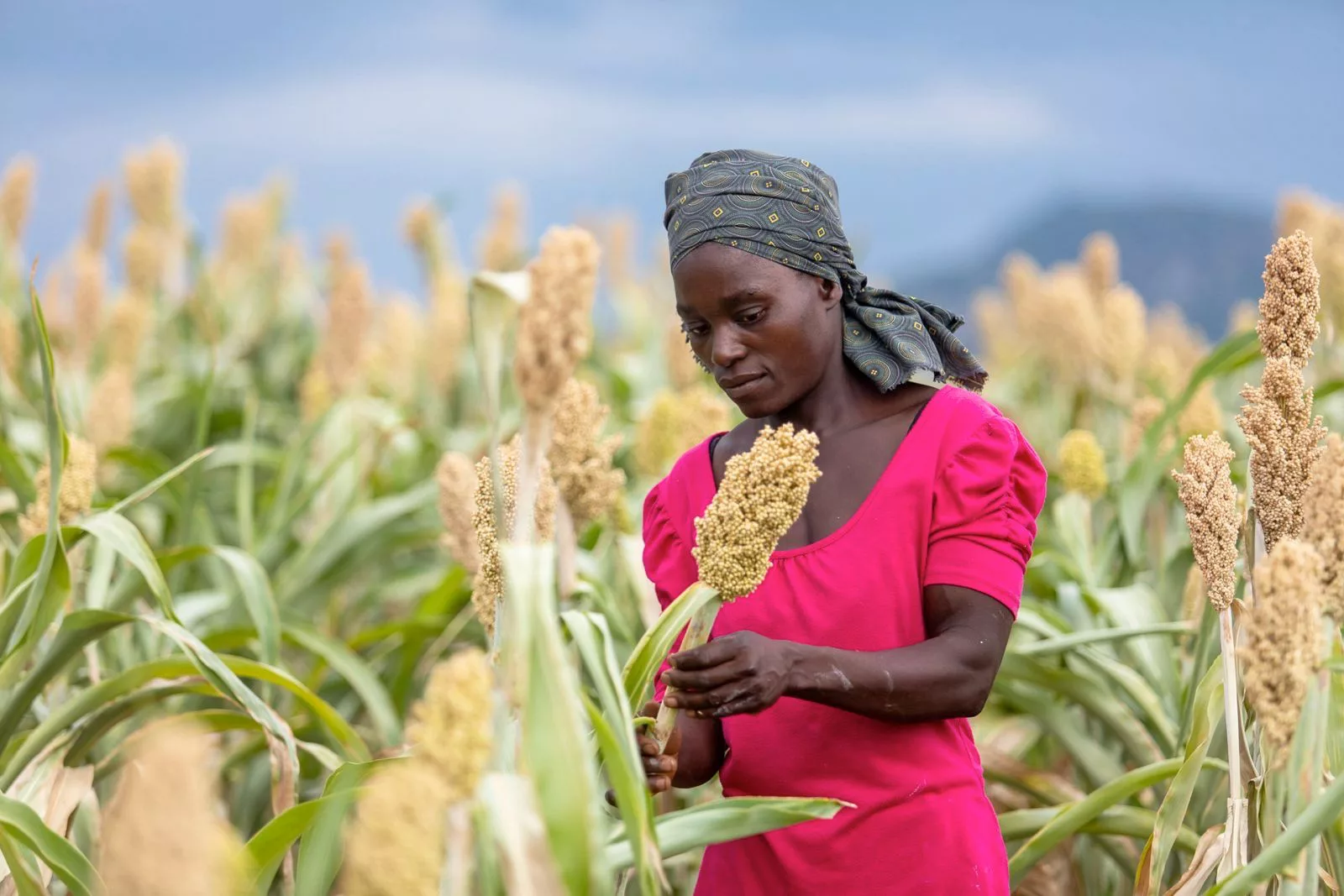The Ministry of Energy and Power Development and the subsequent State Owned Enterprises in the energy sector have assured the nation that they are working tirelessly to address challenges that affect the reliability and security of energy supply.
This was revealed by Magna Mudzingwa, the Deputy Minister of Energy and Power Development at the Zimbabwe National Chamber of Commerce Breakfast Meeting held at Meikles Hotel on 29 July 2019.
To date, the country has installed capacity of 2260MW at its ZESA owned power stations. In addition, small renewable energy power plants in the South of the country and some mini-hydropower stations in Manicaland, including small solar power plants are generating about 135MW which is for own consumption with excess fed to the national grid. There’s also potential to import power from the region depending on availability. However, the large scale power plants have not been able to generate power at maximum rated capacity due to a myriad of challenges, Mudyiwa said.
The Deputy Minister cited the reduction in power generation at Kariba Power Station due to limited availability of “live” water required for power generation as one of the drivers of the shortages of electricity. This is attributed to below average rainfall in the Zambezi river catchment area which is also linked to climate change effects.
“Currently, water allocations by Zambezi River Authority allow an average of 368MW from Kariba South Power Station. On the other hand, Hwange Power Station is facing challenges with sustained production because of aged equipment and the need to source foreign currency to acquire new machinery and spare parts. Electricity Infrastructure vandalism has also contributed to a number of areas having no access to electricity in the country. The rate of vandalism to transformers and power lines has been overwhelming of late. In response to this, the utility, ZESA, is working on a number of ways to protect the infrastructure from vandalism such as; Engaging ICT providers in order to protect and monitor infrastructure; increasing protection through physical barriers and shifting to the use of dry transformers which will not be targeted for oil,” Deputy Minister Mudzingwa said.
In a nutshell, the country has been generating about 900MW against a peak demand this winter which is approaching 1800MW. This has left ZESA with no option other than to load-shed customers.
Being cognisant of the above challenges, the Government is putting in place strategies to improve the power supply situation in the country. It has identified capacity expansion strategies for both brown and green field projects to enhance power supply. Some of the projects are under the Transitional Stabilisation Programme (TSP) priority programmes.
ZESA will continue to refurbish and maintain the existing generation plants at Hwange and Small Thermals. Part of the works includes life extension works at Hwange Power Station units and re-powering of the small thermal power stations in Harare, Bulawayo and Munyati. In the short term, refurbishment of Hwange Unit 6 is expected to add 170MW to the grid. At Kariba, works are also being done to ensure dam safety is maintained through rehabilitation of the plunge pool and spillway gates.
Zimbabwe is a member of the Southern African Power Pool (SAPP) which allows electricity trading between SADC members’ States and participation in the SAPP market. There is also enough electricity through the Day-Ahead-Market (DAM) which requires pre-funding to bid for electricity and the power is usually cheaper and guaranteed.
“To participate in this market, ZETDC needs the foreign currency. There is electricity available during off-peak periods which can be accessed by the country at affordable tariffs. This can allow the utility to save water at Kariba for use during peak hours. However, there is need to avail foreign currency for the purchase of the power. Given the debt of about US$80M\million owed to HCB of Mozambique and ESKOM of South Africa, Government has stepped in to negotiate directly with the governments of these utilities.
“Successful negotiations, based on payment plans to settle the debt are expected to yield between 400 and 600MW of power. Cabinet has also approved an arrangement were ZETDC can ring-fence large scale power consumers who generate foreign currency so that that may assist ZETDC to import power for use locally through SAPP and the Day-Ahead-Market (DAM). Industry is also encouraged to work with ZESA in this endeavour. Considering efforts being done by the Government above, private sector should embrace renewable energy technologies to avert downtime caused by load shedding. Production is critical and the country need to change the way it has been procuring power in order to minimise shortages of basic necessities and other goods and services,” Deputy Minister Mudzingwa added.
The Ministry of Energy is seeking an interim bridging funding package to rescue ZESA from liquidity whilst a tariff review is being considered. Mike Kamungeremu, the ZNCC Harare Branch Chairman expressed concern that electricity tariffs had gone below the USc1 per kilowatt-hour (KWH).
“Using generators to produce electricity costs 30 cents per KWH. If we increase tariffs to 14 cents per KWH, we reduce generator consumption by half. ZESA is making a gross loss and we don’t want as business to pay a very low tariff that does not guarantee the supply of electricity,” Kamungeremu said.
There was a general view that for the utility to remain operational, it has to service its debts, procure resources and maintain equipment. Stakeholders called for ZESA to descend on politicians and top business people who owe the utility to pay up their debt as a matter of urgency.
Lovemore Mukono, the Director of Mukonotronics said government should uphold transparency when awarding tenders to independent power producers since it is unsustainable and a bad practice for private players to buy the cooperation of government officials to get tenders.
Industry was encouraged to switch to solar lighting and preheat their water using solar water heating systems. Deputy Minister Mudyiwa said renewable energy projects have a shorter implementation period than most the projects earmarked by the Government.
“The farmers, industries and mining companies can also follow suit and invest in the sector by constructing of solar PV power plants and or entering into supply contracts with IPPs. Globally Renewable energy cost has significantly dropped. According to the International Renewable Energy Agency (IRENA) the reduction is approximately 80% for solar panels since 2009. It is worthwhile to adopt these technologies even if it appears that the initial cost is high. Compared to other alternatives such as diesel, the running costs and Operational and Maintenance costs are lower in the long run”


